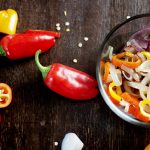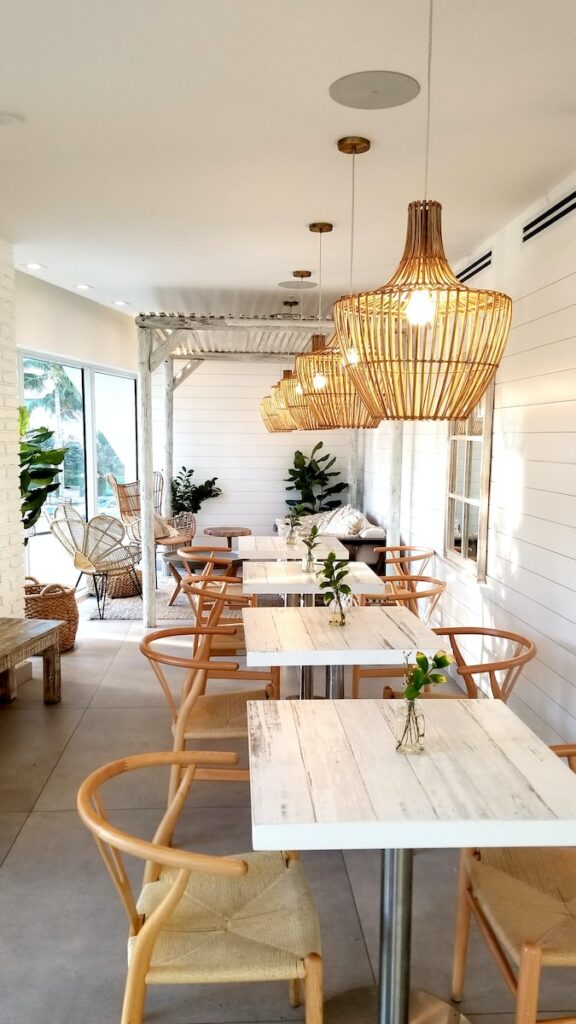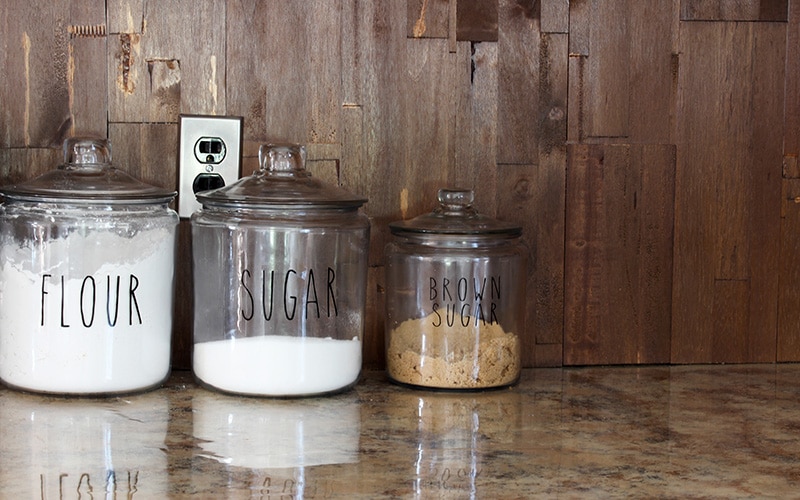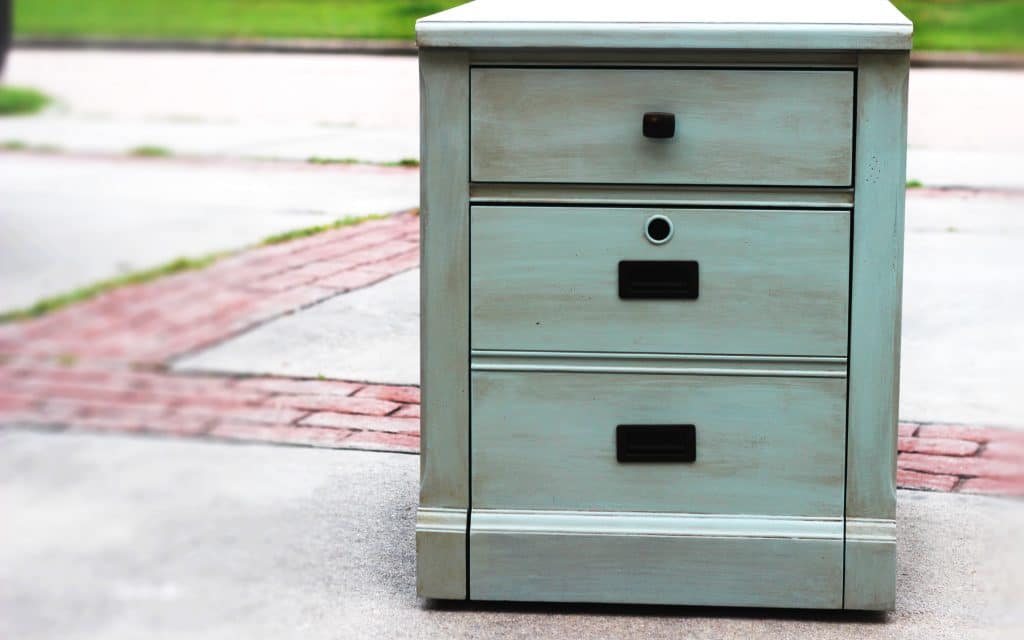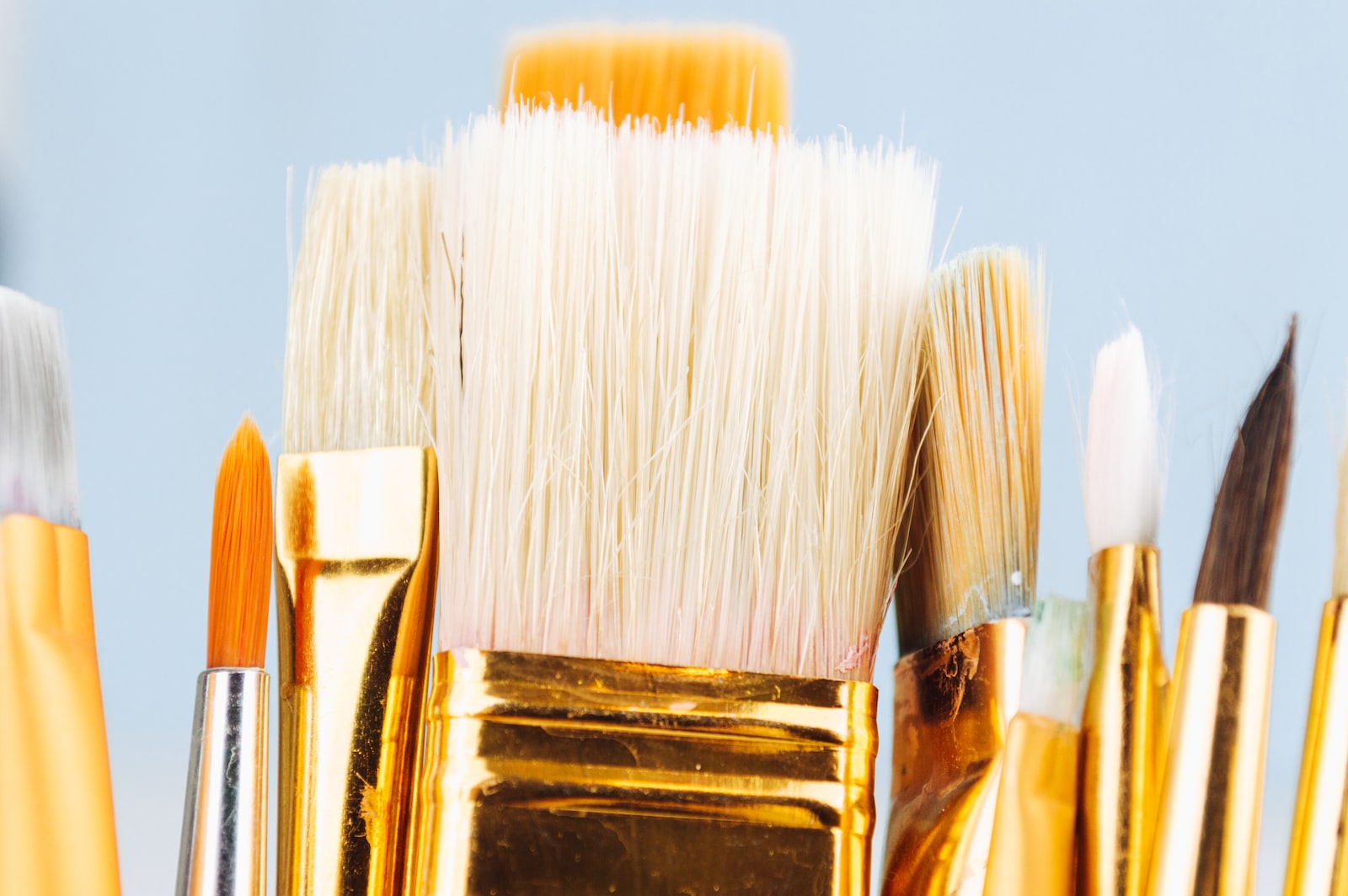One of the most important aspects of achieving a beautiful finish with chalk paint is choosing the right brush. In this post, we will discuss the best brushes for chalk paint. Including natural bristle brushes, synthetic brushes, and wax brushes.
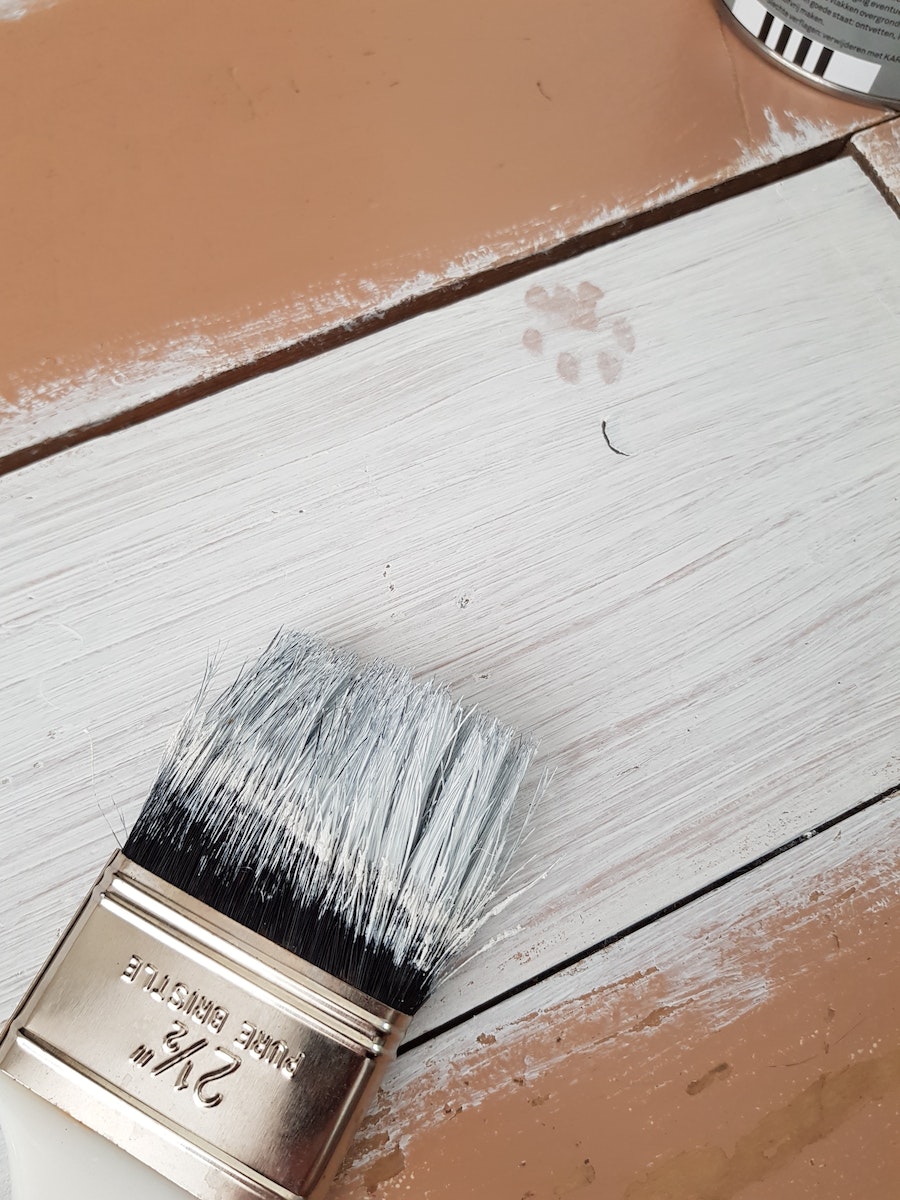
Chalk paint has become increasingly popular in recent years, and for good reason. It is a versatile type of paint. And it can be used on a variety of surfaces and furniture pieces, giving them a new lease on life.
What Is Chalk Paint?
It is a type of paint that has a matte, chalky finish. It is a water-based paint that can be used on a variety of surfaces. Including wood, metal, concrete, and even fabric.
Chalk paint is popular because it requires little to no preparation before use. It can be applied to surfaces without sanding, stripping, or priming.
Chalk paint was first created by Annie Sloan in 1990. She wanted a type of paint that could be used to achieve a vintage, shabby-chic look without having to go through the time-consuming process of sanding and stripping furniture. Chalk paint became very popular in the United States in the early 2000s, and today it is widely used by DIYers and furniture painters, like me!
Why Is It Called Chalk Paint?
Chalk paint gets its name from the fact that it has a soft, matte finish that resembles chalk. It is also called decorative paint because it can be used to create a variety of decorative effects. Including distressing, layering, and stenciling. Chalk paint is available in a wide range of colors, from soft pastels to bright, bold hues.
One of the benefits of using chalk paint is that it dries quickly. Which allows you to complete projects in a shorter amount of time.
It also has excellent adhesion, which means it can be applied to surfaces without the need for sanding or priming.
Chalk paint is also very forgiving, as it can be easily sanded or distressed to achieve the desired effect.
Chalk paint is often used to paint furniture pieces. Such as this chalk-painted cabinet, chairs, tables, bathroom cabinets like this one, and dressers like the one I did in my son's room a few years ago. It can also be used to paint walls, floors, and other decorative items.
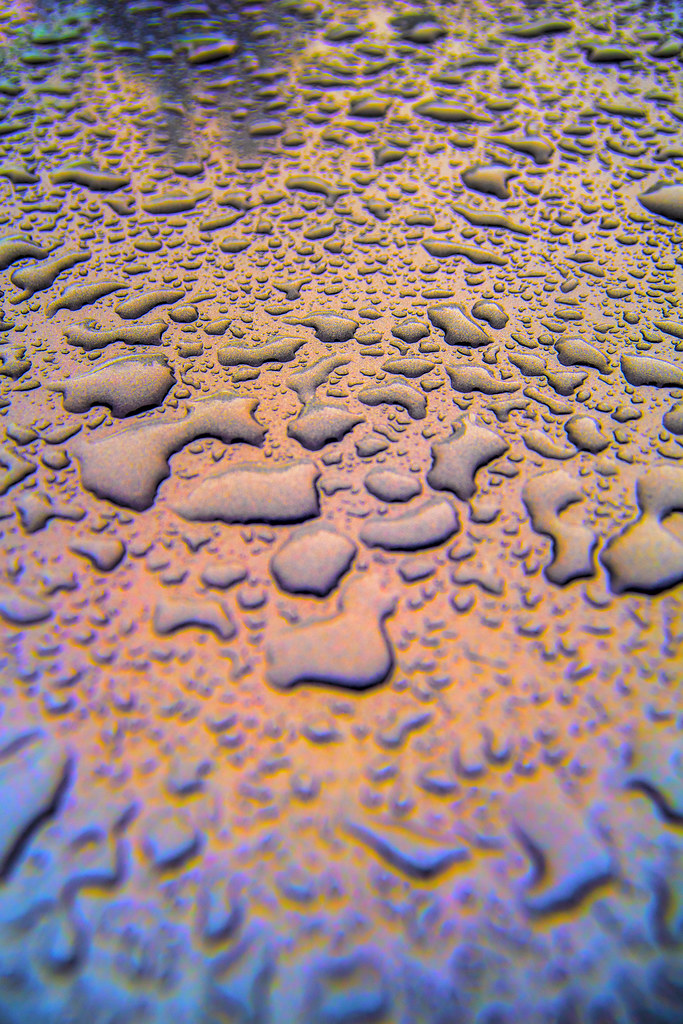
Is Chalk Paint Waterproof?
Chalk paint is not completely waterproof, although it can be made water-resistant with the application of a wax or polyurethane topcoat. Without a topcoat, chalk paint can absorb water and become damaged over time.
Do You Have To Use A Topcoat With Chalk Paint?
While you don't have to use a topcoat with chalk paint, it is recommended to protect the finish and make it more durable.
Chalk paint has a matte finish that can be susceptible to wear and tear over time, especially on furniture pieces or high-traffic areas.
Applying a topcoat will help protect the paint from scratches, stains, and water damage, and it will also make it easier to clean.
Top Coats That Can Be Used With Chalk Paint
Wax
Wax is a popular topcoat for chalk paint, as it provides a soft, matte finish. It can be applied with a brush or a cloth, and it should be buffed after application to create a smooth surface. Wax is not as durable as other topcoat options, but it is easy to apply and can be reapplied as needed.
Polyurethane
Polyurethane is a clear, protective topcoat that forms a hard, water-resistant finish. It is more durable than wax, but it can give the chalk paint a slightly shiny finish, which may not be desirable for some projects.
Polycrylic
Polycrylic is a water-based, clear topcoat that is similar to polyurethane but dries faster and has less odor. It provides a durable, water-resistant finish without the shine of polyurethane.
It's important to note that when applying a topcoat to chalk paint, it's best to wait until the paint is completely dry before doing so.
How Long Does It Take For Chalk Paint To Dry?
The drying time for chalk paint can vary depending on several factors such as humidity, temperature, and the thickness of the paint layer.
In general, chalk paint dries fairly quickly compared to traditional paint.
On average, it takes around 30 minutes to an hour for the first coat of chalk paint to dry.
However, it's important to note that this is only a surface dry time, and the paint may still be wet underneath.
It's best to wait at least 24 hours before applying a second coat of paint or a topcoat to ensure that the paint is fully dry.
It's also important to keep in mind that the drying time may be affected by environmental factors.
If the humidity is high or the temperature is low, the paint may take longer to dry. Conversely, if the humidity is low or the temperature is high, the paint may dry more quickly.
How To Tell If Chalk Paint Is Dry
If you're unsure whether the paint is completely dry, you can perform a simple touch test. Gently touch the painted surface with your finger to see if the paint feels tacky or sticky. If it does, it's not yet dry.
If it feels dry to the touch, you can proceed with the next coat of paint or a topcoat.
In general, it's always a good idea to be patient when using chalk paint and allow plenty of time for each layer to dry fully before proceeding with the next step. This will help ensure the best possible results and a long-lasting finish.
Overall, chalk paint is a versatile and easy-to-use type of paint that can be used to achieve a variety of decorative effects. Its matte finish and forgiving nature make it a popular choice among DIYers and furniture painters.
Why Is It Important to Use the Best Brush For Chalk Paint?
Using the best brush for chalk paint is important for several reasons:
- Achieving the desired finish: Chalk paint is often used to create a matte, vintage, or distressed look, and the type of brush used can affect the final result. Using the right brush can help achieve the desired finish and texture.
- Minimizing brush strokes: The right brush can help minimize brush strokes and create a smoother finish. This is important when working with chalk paint, as it tends to dry quickly and can leave visible brush marks if not applied correctly.
- Saving time and money: Using the wrong brush can lead to poor results, which may require redoing the project or purchasing additional materials. Using the right brush can help save time and money by ensuring the project is completed correctly the first time.
- Enhancing durability: The best brush for chalk paint can help ensure that the finish is durable and long-lasting. A high-quality brush can help distribute the paint evenly and ensure that it adheres well to the surface.
Using the best brush for chalk paint is important to achieve the desired finish, minimize brush strokes, save time and money, and enhance the durability of the finished project.
So let's talk about the best brushes to use with chalk paint. Shall we?
The Best Paint Brushes to Use With Chalk Paint
Natural Bristle Brushes
Natural bristle brushes are a popular choice for chalk painting furniture, as they can create a smooth finish and help minimize brush strokes.
These brushes are typically made from animal hair, such as hog or boar hair, which makes them ideal for use with oil-based paints. However, they can also be used with water-based paints, including chalk paint.
One of the advantages of using natural bristle brushes is that they are able to hold a large amount of paint, which is perfect for larger projects.
They are also available in different sizes, so you can choose the perfect size for your surface area. The long bristles are ideal for flat surfaces, while the shorter ones are better for smaller areas or for getting into corners.
Annie Sloan, the creator of the popular Chalk Paint brand, recommends using natural bristle brushes for her paint. Her brushes are made from high-quality natural materials and come in different sizes to suit your painting needs. They have wooden handles and a leather strap, which makes them easy to grip and maneuver.
Another popular brand of natural bristle brushes for chalk paint is Dixie Belle. Their brushes are made from natural boar bristles, which create a smoother finish than synthetic bristles. They have an ergonomic handle that is comfortable to hold for long periods of time, making them a great choice for larger projects.
Synthetic Brushes
While natural bristle brushes are a great option for chalk painting, synthetic brushes can also provide excellent results.
Synthetic brushes are made from man-made fibers, such as nylon, polyester, or a combination of both. These brushes are typically less expensive than natural bristle brushes and can be used with both water-based and oil-based paints.
One of the advantages of synthetic brushes is that they are easy to clean. They can be washed with warm water and soap, and they dry quickly.
They also don't shed as much as natural bristle brushes, which can be a good idea if you don't want brush hairs ending up in your paint.
Synthetic brushes are also available in different sizes, so you can choose the perfect brush for your project.
They are a good option for smaller projects or for touch-ups, as they are easy to maneuver and control. They are also a good choice for painting furniture pieces with intricate details or curves.
An excellent choice for synthetic brushes is the Wooster Brush Company. Their brushes are made from high-quality synthetic fibers and have ergonomic handles for comfortable use.
They are available in different sizes and are designed to create a smoother finish with fewer brush marks.
Wax Brushes
Wax brushes are a type of brush that is specifically designed for applying wax to furniture pieces that have been painted with chalk paint.
These brushes have a rounded shape and long bristles that are perfect for applying wax evenly and smoothly. They can also be used for applying other types of finishes, such as polyurethane or varnish.
One of the advantages of using a wax brush is that it can create a matte finish, which is a popular choice for chalk painted furniture.
Wax brushes are also designed to be used with a small amount of wax, which can help minimize brush strokes and create a smoother finish.
An excellent choice for wax brushes is the Annie Sloan Wax Brush. This brush is made from natural bristles and has a rounded shape that is perfect for applying wax.
Foam Brushes
Foam brushes are a good option for applying chalk paint to small projects or hard-to-reach areas. They are inexpensive and easy to use, but they don't hold as much paint as natural or synthetic bristle brushes.
Chip Brushes
Chip brushes are inexpensive, disposable brushes that are perfect for applying a first coat of chalk paint. They are made from natural bristles and are a good option for painting large areas quickly.
Round Brushes
Round brushes are a good choice for painting curves or corners, such as on a piece of furniture. They have a pointed tip that allows for precise application of paint.
Flat Brushes
Flat brushes are a versatile option for applying chalk paint to both large and small surfaces. They have a wide, flat surface that allows for quick and easy coverage of flat surfaces.
When choosing a paintbrush for chalk paint, it's important to consider the size of the project and the type of surface you are painting.
For larger projects, a larger brush will help you cover more surface area quickly. For smaller projects or detailed areas, a smaller brush or round brush may be a better option.
Additionally, consider the type of bristle, as natural bristle brushes tend to create a smoother finish, while synthetic brushes are easier to clean.
With the right brush, applying chalk paint can be a simple and enjoyable process that results in a beautiful finished product.
